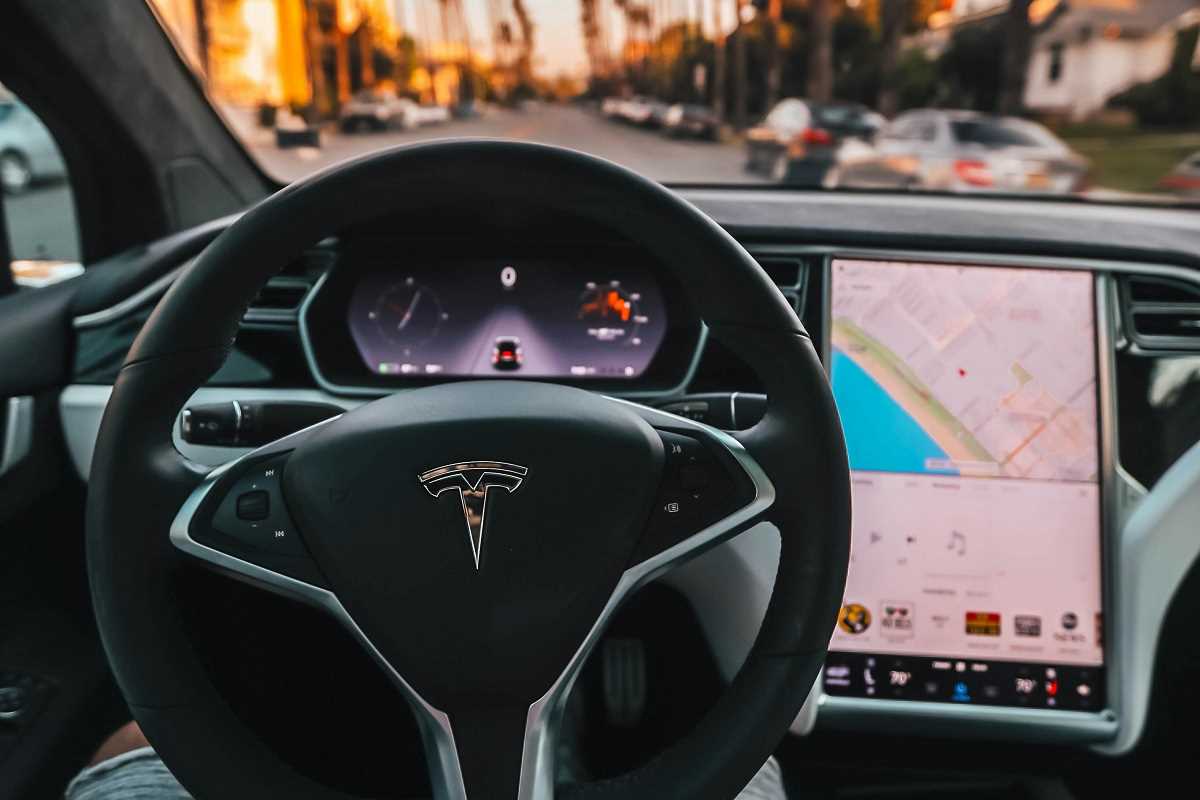Autonomous driving technology is transforming the way people think about cars and safety, promising reduced accidents and smarter driving. But how do these features impact your car insurance premiums? This guide breaks down everything you need to know about autonomous driving features and whether they can actually save you money on insurance.
What Are Autonomous Driving Features?
Autonomous driving features are advanced technologies designed to assist drivers, reduce human error, and enhance safety on the road. While fully self-driving cars aren’t yet mainstream, many vehicles today include semi-autonomous systems.
- Examples of Common Features:
- Adaptive Cruise Control: Maintains a safe distance from the car ahead by adjusting your speed automatically.
- Lane-Keeping Assist: Helps keep your car within its lane by gently steering or warning you when you drift.
- Automatic Emergency Braking (AEB): Detects obstacles or sudden stops in front of you and applies the brakes if needed.
- Blind Spot Monitoring: Alerts you to vehicles in your blind spots during lane changes.
- Parking Assistance: Provides guidance or automatic steering to make parking easier and safer.
While these features don’t make your car fully self-driving, they significantly reduce the risks associated with human error, which is involved in about 94% of accidents.
How Do Insurers View Autonomous Driving Technology?
Insurance companies generally welcome technologies that reduce accident rates and enhance vehicle safety, but their approach to autonomous driving features varies.
- Positive Reception:
- Insurers recognize that autonomous features, especially those aimed at crash prevention, can lower the probability of claims. Automatic emergency braking and lane-keeping assist, for example, are linked to fewer rear-end collisions and side-swipe accidents.
- Cautious Approach:
- Some insurers remain skeptical because these technologies are still relatively new. They’re waiting to see long-term data on how effectively these features reduce risks and costs for them.
- Potential Risks for Insurers:
- While autonomous tech helps prevent accidents, it might come with higher repair costs. Vehicles equipped with advanced safety systems, like radar sensors and cameras, can be expensive to fix after a collision.
For instance, insurers are likely to view cars with reliable crash avoidance systems more favorably than vehicles without any autonomous features, but this doesn’t always translate to significant premium reductions.
Do These Features Lower Accident Risks?
Yes, studies show that certain autonomous driving features can significantly reduce the likelihood of accidents.
- Automatic Emergency Braking (AEB): Cars equipped with AEB experience up to 50% fewer rear-end accidents according to data from the Insurance Institute for Highway Safety (IIHS).
- Lane Departure Warning and Lane-Keeping Assist: These features help prevent unintended lane drifts, reducing the risk of collisions on highways.
- Blind Spot Detection: Improves safety during lane changes and lowers the chance of side-swipe accidents.
- Limitations to Note:
- These systems are only as effective as the driver using them. Poor usage or over-reliance on autonomous features can offset the safety benefits.
- External factors, like weather conditions or technical malfunctions, may limit their reliability.
For example, while adaptive cruise control reduces highway accidents, it might struggle in heavy rain, where sensors can perform less effectively.
Even though these systems aren’t foolproof, they’ve contributed to safer roads, which is one reason insurers are paying attention.
Can Autonomous Features Reduce Your Premiums?
The short answer is: it depends. While autonomous driving features have the potential to lower your premiums, the outcome varies by insurer and the type of vehicle.
- Factors That May Lead to Lower Rates:
- Crash Prevention Features: Cars with AEB, blind-spot monitoring, or other proven safety measures often qualify for discounts with certain insurers.
- Safety Ratings: Vehicles with high safety scores from organizations like the IIHS or National Highway Traffic Safety Administration (NHTSA) may enjoy better rates.
- Telematics Discounts: Some insurers offer usage-based programs that monitor safe driving habits, and autonomous features can help drivers perform better under these systems.
- Why Discounts Might Be Limited:
- Insurers can be cautious about offering lower premiums due to the expensive repair costs associated with high-tech vehicles. For example, replacing a bumper with built-in sensors can cost significantly more than a standard repair.
- Not all features qualify for discounts. Insurers often prioritize features with proven effectiveness, so your specific technology may not count toward premium reductions.
For instance, while a 2025 SUV equipped with top-tier autonomous systems may qualify for discounts on collision insurance, an older car with limited safety tech may not see any benefit.
To find out if these features impact your own rates, ask your insurer about discounts specific to safety advancements.
Do Autonomous Features Make Insurance More Expensive?
While autonomous features can lead to savings in some areas, they could also raise costs in others.
- Higher Repair Costs: The advanced technology in cars equipped with autonomous features is costly to repair or replace, potentially leading to higher comprehensive and collision premiums.
- Insurance for Newer Vehicles: Since most semi-autonomous technologies are available in newer models, replacing or insuring those vehicles tends to cost more overall, regardless of the features themselves.
For example, if your car’s front-end collision sensors are damaged during a minor fender bender, the repair costs might be several times higher than that of a car without autonomous systems.
These higher costs might offset potential savings from crash prevention, depending on your policy and provider.
How Can You Maximize Savings with Autonomous Features?
If your car is equipped with autonomous driving systems, there are strategies to ensure you get the most out of potential discounts:
- Shop Around: Insurers vary in how they reward safety features. If your current provider doesn’t offer discounts for your car’s autonomous tech, another insurer might.
- Ask About Specific Discounts: Request clarification on which features are eligible for discounts under your current policy. Many insurers reward automatic emergency braking or anti-theft systems.
- Maintain a Clean Driving Record: Pairing autonomous safety features with a spotless record increases your chances of securing lower premiums.
- Consider Usage-Based Programs: Many insurers offer telematics programs that monitor safe driving behaviors. Autonomous features can help you achieve a higher safety score and additional savings.
For instance, signing up for a safe-driving program alongside owning a car with crash-avoidance tech could lead to discounts of up to 30% with certain providers.
 (Image via
(Image via





